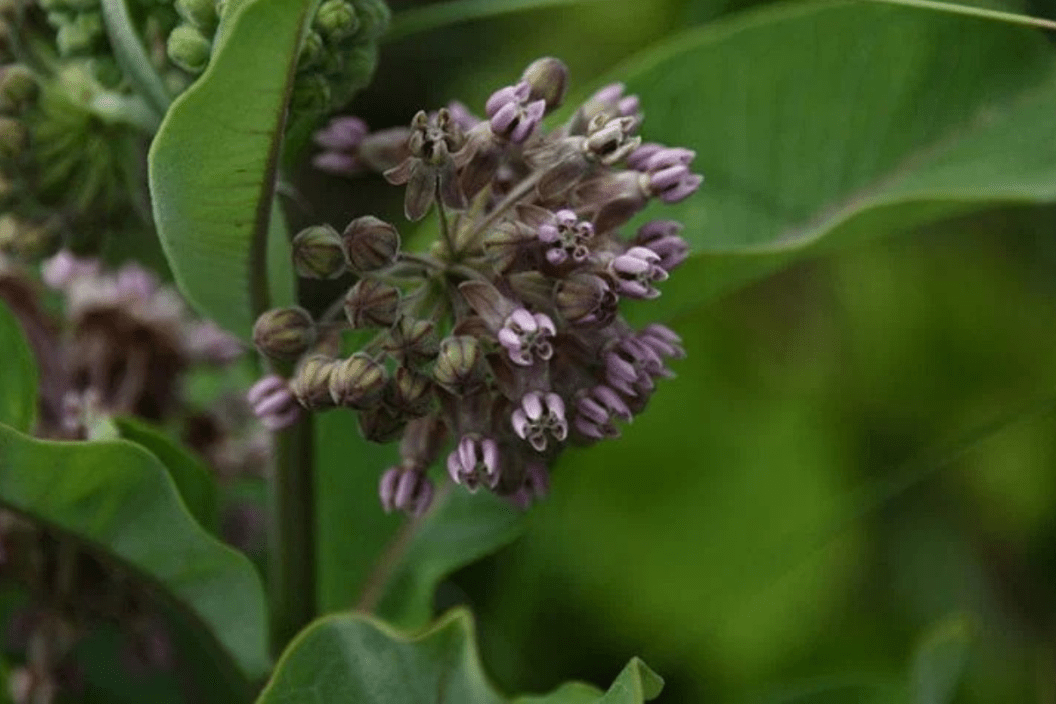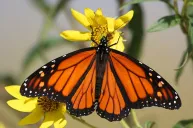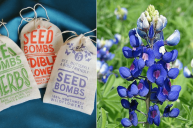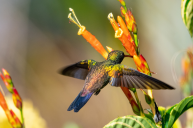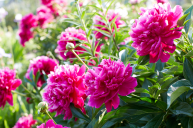If you are looking to turn your garden into an oasis of monarch butterflies all you need are some milkweed seeds. That's right, it's that easy. Milkweed is the main food source for these gorgeous butterflies. Their pollination in your yard will create the most beautiful getaway for you to sit out and admire the plants while the Monarchs thrive. Another benefit to the plant is hummingbirds also like milkweed flowers, and who wouldn't want a garden full of butterflies and hummingbirds? Here's a few tips on how to grow milkweed.
Videos by Wide Open Country
What is Milkweed?
There are multiple types of milkweed plant but any variation of the genus Asclepias will work as a host plant. When you're looking to plant milkweed in your yard, it's important to look for native plants to your area or at least North America. That will ensure it thrives as well as the butterflies.
Read More: This Beautiful and Hardy Vine Couldn't Be Easier to Care For
How Does Milkweed Attract Butterflies?
Monarchs evolved with the milkweed species which is normally toxic to insects. Over time, monarchs were actually able to adapt to the toxic compounds called cardenolides. The toxins digest in the monarch caterpillars allowing them to protect themselves from predators. This means that the common milkweed in your yard will allow the monarchs to flourish while keeping away other insects. That's a win-win!
A few favorite species of milkweed include swamp milkweed (asclepias incarnata), common milkweed (asclepias syriaca), butterfly weed (asclepias tuberosa), showy milkweed (asclepias speciosa), and more. You should probably steer clear of tropical milkweed, such as Mexican butterfly weed (asclepias curassavica). It isn't native to the United States or Canada and there has been evidence that it has negative effects on the migration of the monarchs.
How to Grow Milkweed
Starting with cold stratification or cold treatment is a good way to ensure that your milkweed seeds will germinate and be successful. You'll just need a plastic bag and paper towel. Then, plant milkweed in moist soil in a full sun area in your yard ensuring good spacing. After that, sit back, get on monarch watch and see your butterfly garden come to life. The great thing about planting milkweed is it's a really self-sufficient plant so it needs minimal watering. Since milkweed is the only nectar source that monarchs can feed on, planting these in your yard basically guarantees you'll attract the pollinators to their milky sap. The one downside is it attracts slugs as well so make sure to watch out and dispose of these little milkweed bugs so that it doesn't affect the life cycle of the butterflies.
You can find affordable (literally under $10) native milkweed seed pods on Amazon right here. Give yourself the wildflower garden and butterfly haven of your dreams.
This post was originally published on August 5, 2019.
Now Watch: 9 Backyard Plants That Repel Mosquitoes
https://rumble.com/embed/u7gve.v3xjqp/
